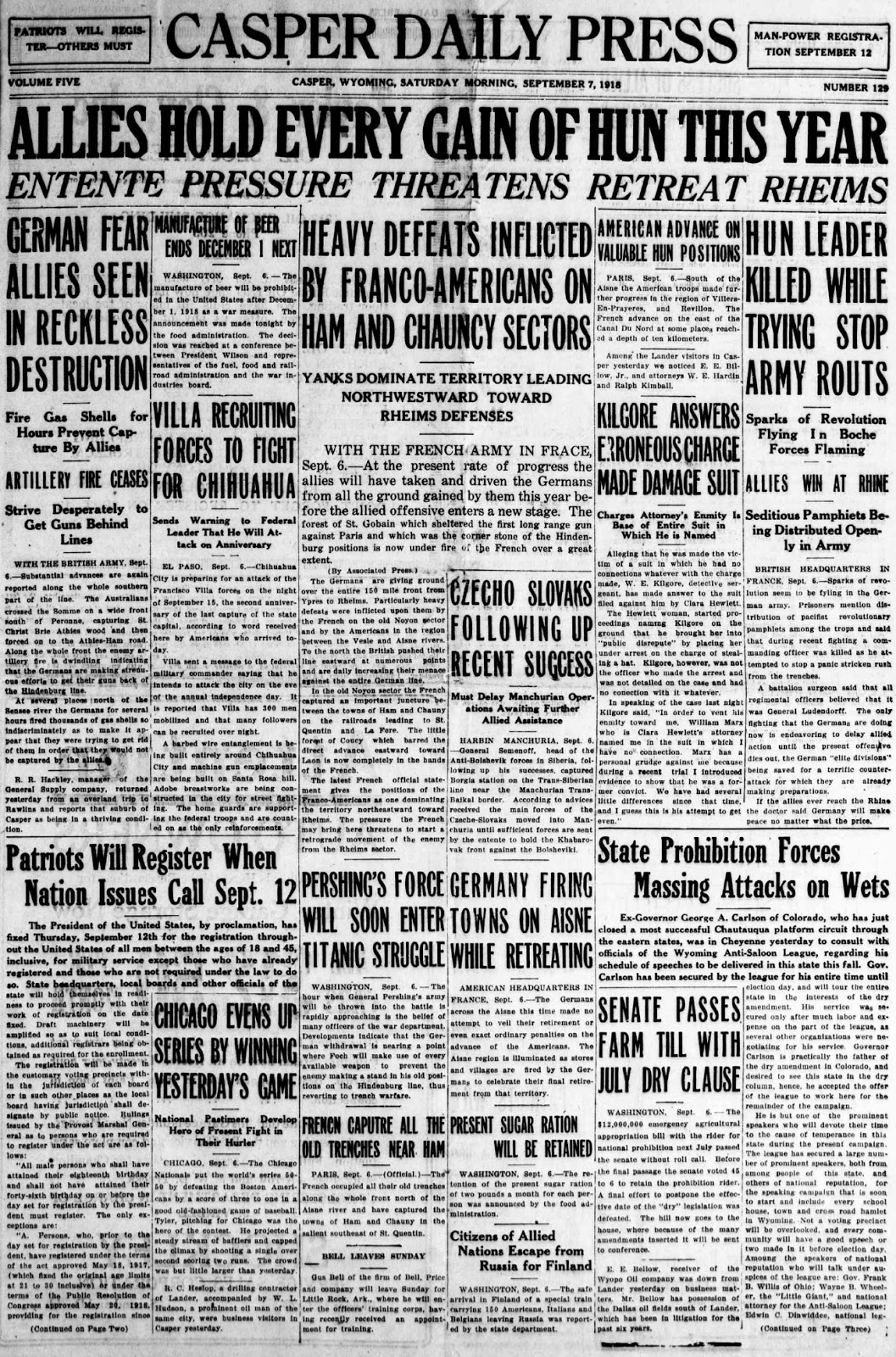1865 John B. Stetson, Philadelphia, supposed invented the cowboy hat.
While Stetson's role in manufacturing and marketing "cowboy hats" was vast, the attribution of the form to him is erroneous. Broad brimmed felt hats dated back to the Middle Ages and their use in North America long predated the "cowboy hat". Even in relation to 1865 attributing the form to Stetson is in error. Use of broad brimmed hats by Frontiersmen in the West was already common by that time, and their use as unofficial military hats became very widespread during the Civil War, reflecting widespread civilian use at the time.
What Stetson really did was to market a form of the hat with a Western attribution. Stetson's early, shallow crowned, 3" brim, hat was called the Boss of the Plains. That hat was an enormous success with working cowboys and others, and at one time was the predominate form of cowboy hat. It never supplanted, however, other similar hats, and by the last two decades of the 19th Century many variants of cowboy hats existed, including many that were manufactured by Stetson.
Wyoming cowboys. The cowboy on the far left appears to be wearing a Boss of the Plains. The one of the far right wears a Montana Peak, a style that was popular for many years. All wear flat brims, curved brims not becoming the norm until the automobile.
While Stetson did not invent the cowboy hat, his name, or rather that of his company, became strongly associated with it. This was so much the case in some localities that the name "Stetson" became associated with cowboy hats of all types. For example, the Montana Peak hat adopted by the Canadian army for its forces during the Boer War was simply identified as the "Stetson", which remained the identifier (and the manufacturer) after the style was adopted by the Northwest Mounted Police. Even today, cowboy hats are called Stetsons in some regions of North America.
Stetson itself never restricted itself to cowboy hats and was a major hat manufacturer in modern times. Like all hat companies, it has suffered in modern times as hat wearing has declined. The company still exists today, however, although it is a branch of another company.
More on hats, caps, and history can be found here on our companion site Lex Anteinternet
More on hats, caps, and history can be found here on our companion site Lex Anteinternet
1870 Old Faithful given that name by members of the Washburn-Langford-Doane Expedition.
1890 Passenger trains collided near Rock Springs, killing one person. Attribution: Wyoming State Historical Society.
1905 Construction contract awarded for Shoshone dam. Attribution: Wyoming State Historical Society.












































